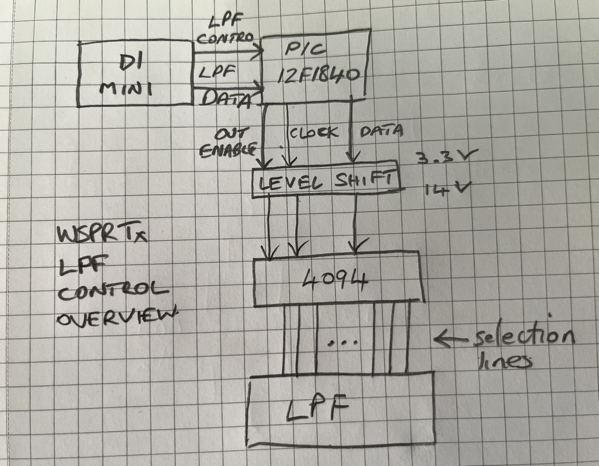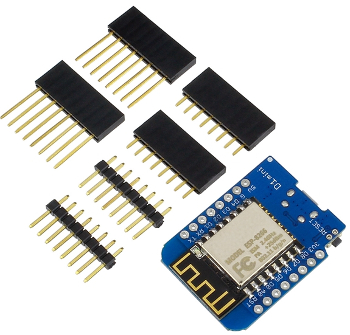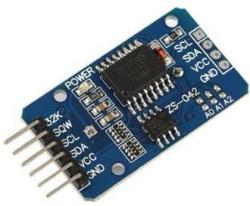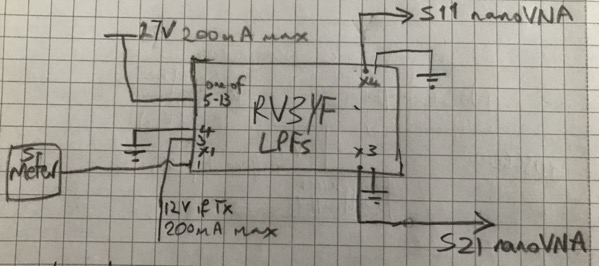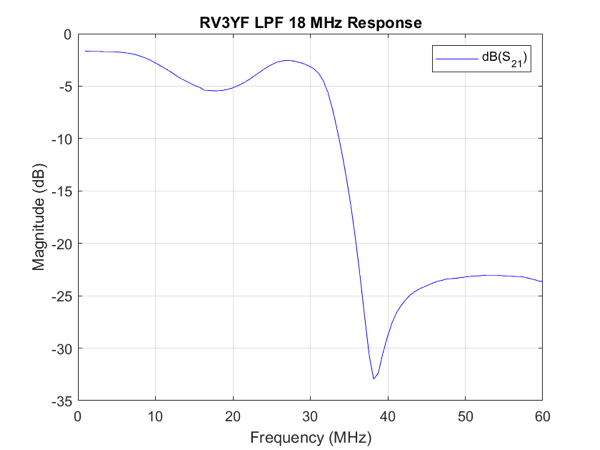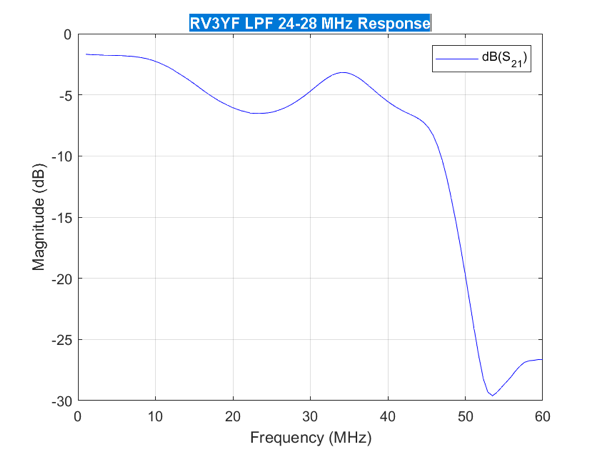The WSPR Transmitter has, of course, firmware code. The D1 Mini runs most of the code, with the PIC12F1640 running the LPF driver. I hold the source code in a git repository on a local server.
The D1 Mini code was developed on a Raspberry Pi 4 mostly using Arduino CLI and vi. I used a couple of helper shell scripts (ardcomp and ardup below) to compile and upload. There are a couple of libraries required: ESP8266 and HCRTC. wspr_rtc_ad9850.ino takes about 19s to compile on Raspberry Pi 4, which is about twice as fast as a Raspberry Pi 3B+.
ardcomp:
arduino-cli compile --fqbn esp8266:esp8266:d1_mini_clone $*
ardup:
arduino-cli upload -p /dev/ttyUSB0 --fqbn esp8266:esp8266:d1_mini_clone $*
I used a Raspberry Pi 4 because I like to protect the USB ports on expensive computers from the possibility of smoke due to any misadventures I may cause. See my previous post.
The PIC code was developed using MPLAB on an HP14S laptop running Windows 10. The USB port is protected (hopefully) by the PICkit 3 dongle that is needed to program the PIC. I’m not a great fan of MPLAB but, once you realise you can ignore all the marketing, it suffices.
The source is in this ZIP file. It’s at the stage it was when I made smoke. The code was working–it was the power supply circuit that was faulty!
My previous posts explain the code.

